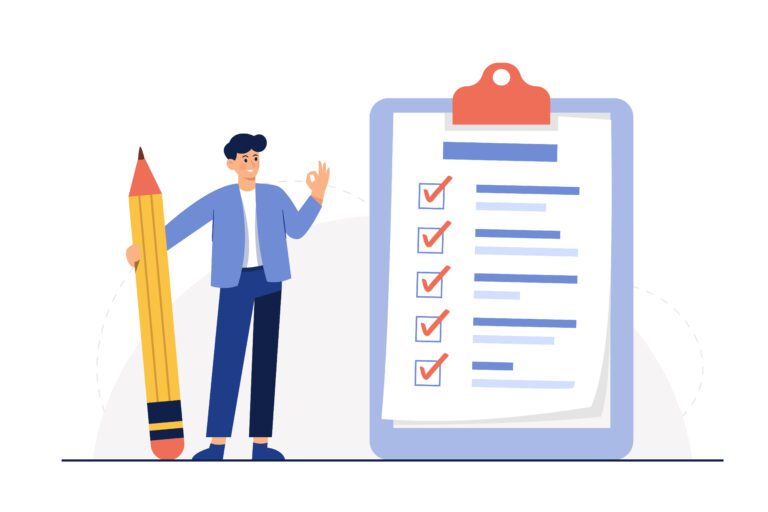For new financial advisors, cultivating clients is top of mind.
Many advisors start building their businesses by reaching out to their personal contacts and networks to let them know they’ve launched an exciting new career.
While some advisors simply pick up the phone and start calling, there is a better way to effectively engage with your prospects.
Instead of “winging it”, a better approach is to put a framework in place to increase your chances of sales success.
The framework I’m referring to is called a “sales cadence”.
A sales cadence is a sequential order of different outreach methods that salespeople can follow to meaningfully connect with prospects and increase their chances of closing a sale.
It’s an intentional approach to sales.
I’ve used many sales tools over the years including detailed buyer personas, expert-crafted call scripts, clever marketing email templates, competitive intelligence, and sales playbooks hundreds of pages long. By far, a sales cadence framework produced the best results for me.
Here’s how you can begin to create your sales cadence:
- Develop a plan
- Determine your target prospect and the number of touchpoints you’d like to have with them
- Choose which value propositions you’d like to convey at each touchpoint
- Identify any levers of influence you’ll employ at each step in your sales funnel (e.g., statistics or social proof)
- Decide how you’ll engage your prospects
- Outline the channels through which you’ll engage your prospects (for example, you might start out with an email introduction and follow up with a LinkedIn invite)
- Be thoughtful about the channel used for each touchpoint (for example, if your prospect isn’t active on social platforms, it’s probably not a good place to start a conversation)
- Establish your purpose
- At every touchpoint, you should have a clear purpose to move your prospect down your funnel – know exactly what you’re trying to achieve with every email, phone call, or social comment
- Ensure each call-to-action is aligned with your purpose at each touchpoint
- Space out your engagements
- Timing is everything – space out your touchpoints and think about how you’d react to your methods if you were your prospect
- You want to stay fresh in your prospects’ minds but don’t annoy them!
Here’s an example of a sales cadence that’s worked wonders for me:
| Day | Channel and Action* |
| DAY 1 | Introduction email |
| DAY 2 | Morning call – leave a voicemail (voicemail should be scripted) |
| DAY 5 | Add the prospect on LinkedIn/social media |
| DAY 7 | Afternoon call – no voicemail |
| DAY 10 | Text + like or comment on a social media post |
| DAY 12 | Email touch base |
| DAY 15 | Call and leave a voicemail (voicemail should be scripted) |
| DAY 17 | Like or comment on a social media post |
| DAY 19 | Call – no voicemail |
| DAY 21 | Graceful exit |
In the above example, notice how I’ve used various channels and spaced out my touchpoints. Ideally, at some point prior to day 21, I convert the prospect to a client.
By using a sales cadence, you’ll increase your productivity because you’ll be focused on completing the sales activity and not on what to say – in fact, you’ll have determined exactly what you want to say before you engage your prospect.
Furthermore, by having a clear, defined sales cadence you’ll reduce any anxiety you might have and build your confidence.
As you develop and implement your own sales cadence, you’ll likely refine the order of your steps and actions based on feedback from prospects and clients. (For example, you might find that an introductory call is more effective than an ice-breaker email and leads to a 10% bump in sales).
At every touch point, you should record the outcome of your actions to ensure you’re gathering data. Over time, data turns into information which can lead to improvements in your sales cadence. If you have access to a CRM, use it! If not, you’ll need to find another tool that works for you.
The top companies have been effectively using the above methods for years to gain an edge against their competition – take a page out of their playbook and put the sales cadence framework to work for you.
*Make sure you follow CASL and DNCL regulatory guidelines. Interested in starting a career with Canada Financial? Join us at our next Carrer Webinar.




